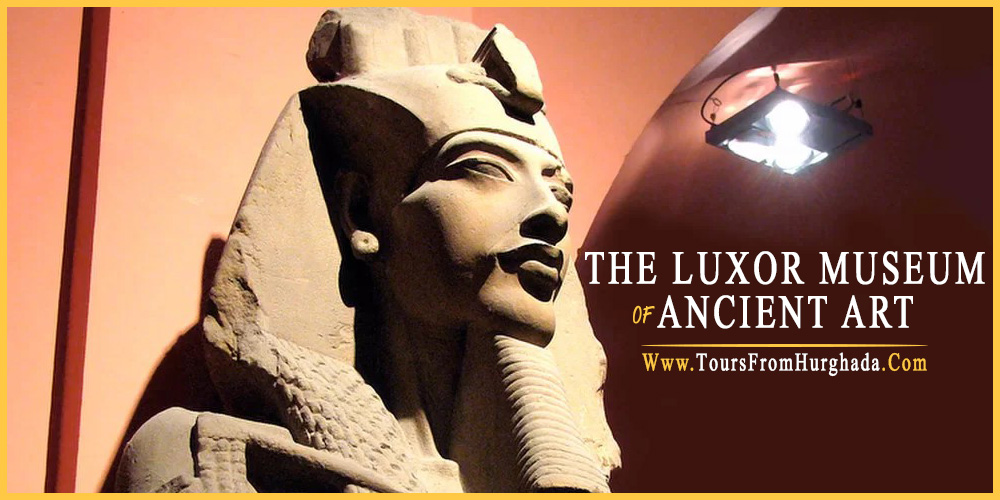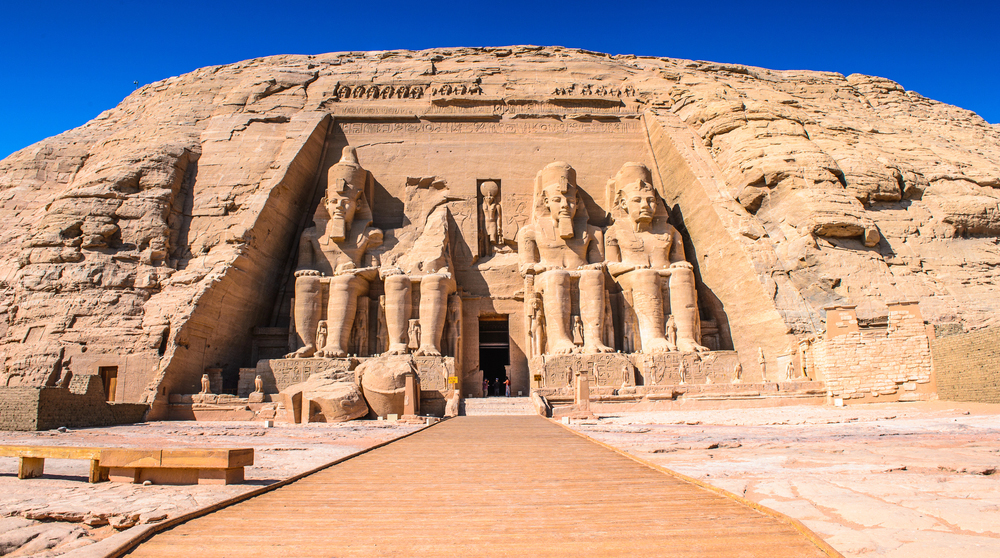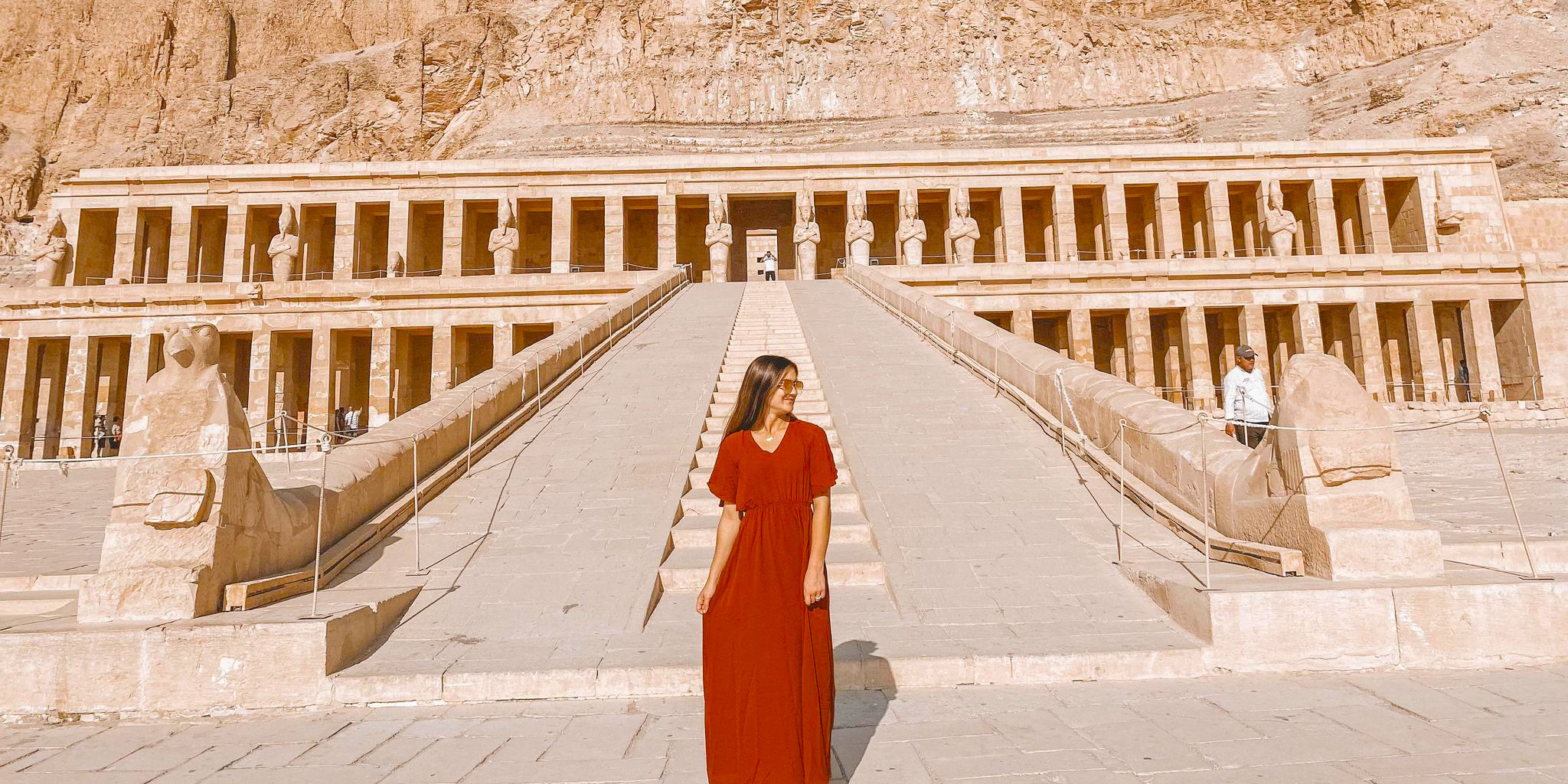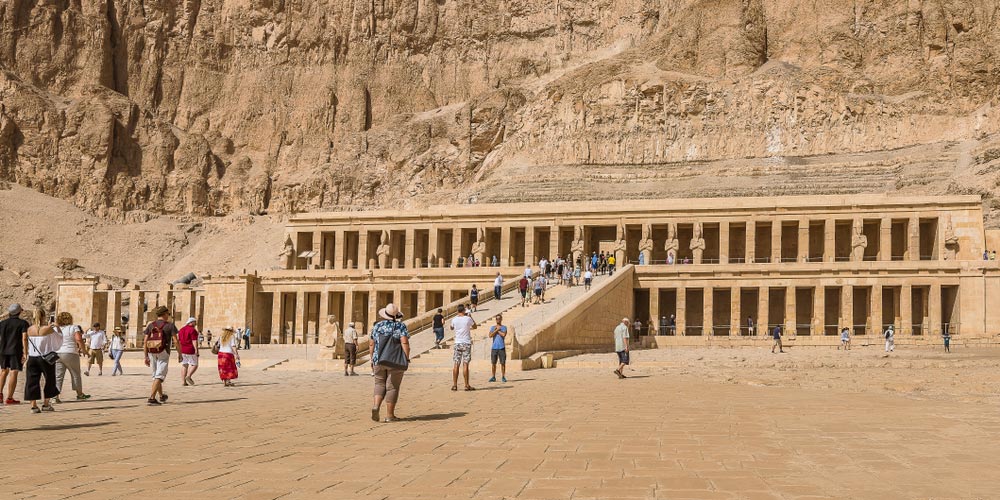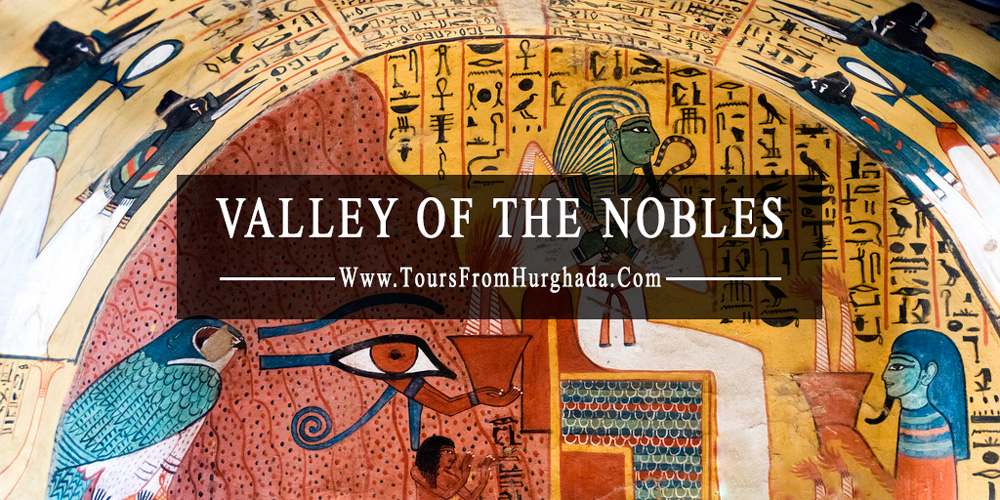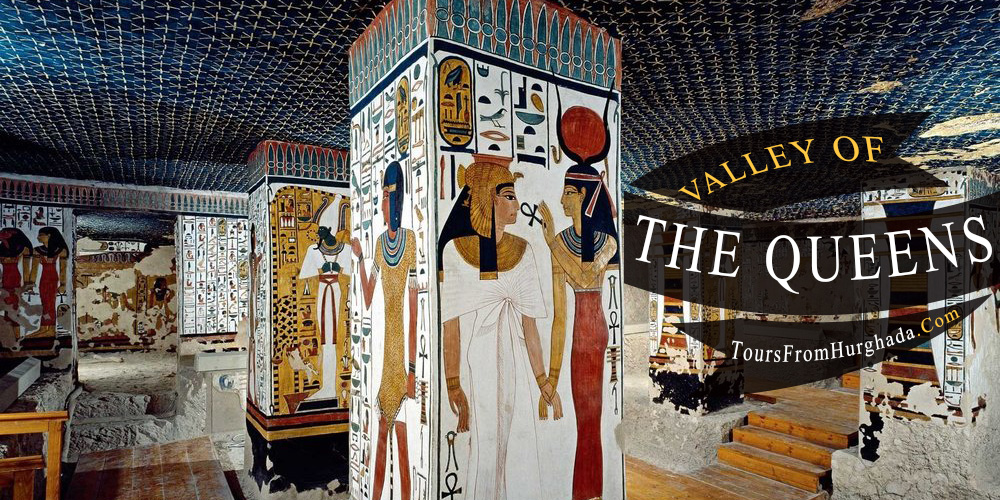All the eyes could be in the direction of the Egyptian Museum and they seem to forget about the enchanting Luxor Museum! According to the Luxor Museum location, it lies on the east bank of the Nile between the Karnak Temple and the Luxor Temple, parallel to Corniche Street overlooking the Nile.
Luxor Museum’s history of construction is 55 m long and 29 m wide, it was first constructed as a warehouse per the order of President Gamal Abd Al Nasser as a solution to the storage crisis in the Egyptian Museum. The museum just has a grand history wealthy as every part of it from its valuable possessions and high rank to its marvelous effect on travelers and the sense of intrigue it allures them.

The Fancy Architecture of Luxor Museum
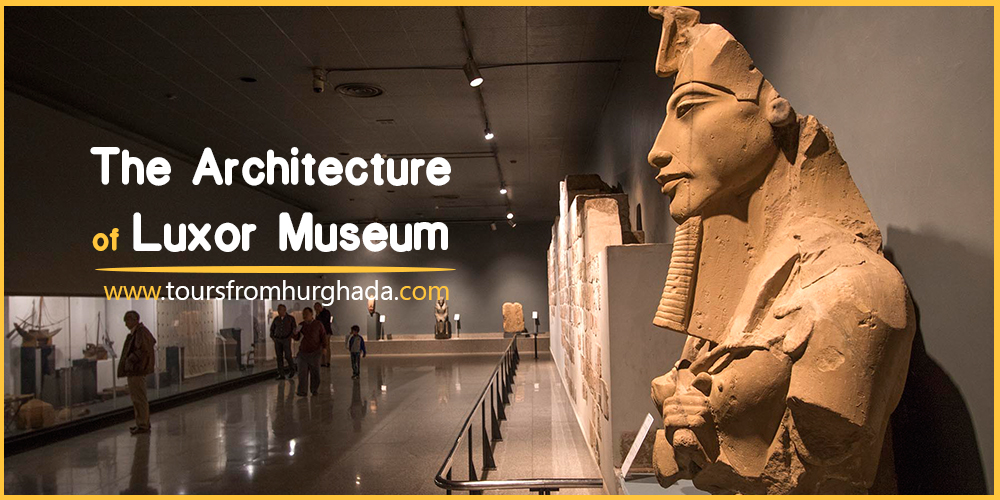
Luxor Museum is a two-story building that holds various artifacts dating back to the Prehistoric to Islamic periods. Many timeless artifacts and masterpieces are from Old, Ptolemaic, and New Kingdoms like pottery, statues, and jewelry belonging to some of the most powerful Pharaohs like Tuthmosis III, and Akhenaton. Luxor Museum gives a dynamic atmosphere different from any traditional museum in Egypt.
The building layout and interiors are an extraordinary factor that got into the travelers’ heads, inviting them to take a break from the flow of life and, instead, dedicated their attention to the ancient domain they’re getting themselves into behind the museum’s walls and in front of its sublime pieces. A round of two inside the museum will feel like diving into an endless ocean of secrets and complicated, yet intriguing details about ancient Egypt that you’ll not get enough of no matter what!

The History of Luxor Museum
Clusters of authentic statements and lines defining prestige and nobility are what Luxor’s history is made of, and we cannot bring ourselves to announce it as a completely authoritative history if Luxor Museum and the content it displays are not hanging between those statements. Luxor Museum was meant to blow the mind away since it was first opened in 1975 according to the plans set regarding the building in 1962. The conception of establishing a museum, an exhibition that gathers deep uncanny presentations about the history of Luxor was introduced by the Egyptian Ministry of Culture and not long after, they paid one of the Egyptian pioneers in the archaeology field, Dr. Mahmud El Hakim to translate their concept into real action.
And, like any other great sublime museum, Luxor Museum puts a decent share of artifacts and antiques on display, hence, the way the museum uses to offer its pieces to the public’s eyes to roam polishes the art of exhibition. Another piece of information about Luxor Museum is being a center that showcases a number of antiques introduced with immense restrictions like never before; it’s a credit Luxor Museum earned for the peculiar magnificent quality of its content. One more piece thing that has created Luxor Museum a whole scale of singularity on its own is the multilingual labels offered on each piece offer, illustrating the history of the antique in more than one language.

What Kind of Inclusions Does Luxor Museum Have?
Among the facts about Luxor Museum is hosting one of the most important monuments ever; the Mummies of Ahmose I & Ramesses I as well as one of the reconstructed mud walls of Akhenaten’s temple at the Karnak in addition to a huge statue head of Akhenaton wearing a double crown. There are also 26 preserved New Kingdom sculptures from a discovered location near the Luxor Temple in 1989.
Luxor Museum has some displays from Tutankhamun’s tomb in the Valley of the Kings. There are also small statues included inside belonging to Thutmose III and Amenhotep III. Some Coptic artifacts from the 5th century AD & Islamic antiquities from the Mamluk Era are in it. All have acquired the museum and expensive quality and wealth of travelers accompanied by wide fame all over the world.

What Makes Luxor Museum Stand out the Most
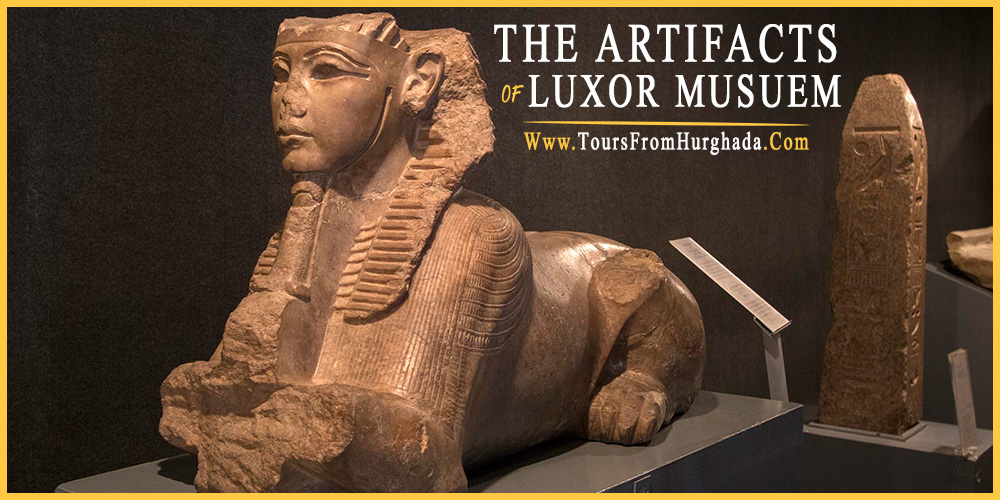
Luxor Museum is an effective enzyme that adds more excellence to the city’s history and ancient Egypt’s history anyway. However, the mechanism of making the Luxor Museum stick more in the visitors’ minds includes so many levels of distinction and a variety of uniquely enigmatic facts which are presented in two of the museum’s remarkable inclusions as the following:
1. The Mummy of Ahmose I

On June 9, 1886, was when the Mummy of Ahmose I first revealed to the public with the help of Gaston Maspero, the French Egyptologist. The mummy was found lying among another group of mummied bodies of the 18th and 19th Dynasties belonging to noble figures and leaders such as Thutmose I and Thutmose III as well as Amenhotep I, Ramesses I, and many others besides several pharaohs of the 21st Dynasty that include Pinedjem II, Pinedjem I, and Siamun. It was excavated on a hill near Hatshepsut Temple inside the Deir El-Bahari Cache in 1881.
The Mummy of Ahmose I was hugged by a cedarwood casket ornamented with a carved hieroglyphic version of his name and another version can be spotted inscribed on his bandages. According to the cedarwood of the casket, it was assumed to have roots belonging to the 18th Dynasty with a style that wasn’t either defined as royal or even an outcome of ancient craftsmanship. In addition, any peeled gilding or worn-out inlay of the coffin was purposed to go back in time to the Age of Antiquity.
2. The Mummy of Ramesses I

The Mummy of Ramesses I is another remarkable part of Egypt’s history shown off inside the folds of Luxor Museum before it was introduced, during the mid-19th century, among the inclusions of a small museum located in Niagara Falls, Canada. It was another part of the 1881 mummified leaders’ excavation near The Temple of Hatshepsut. The ID of the mummy was not figured out for a while until later when it was announced to be Ramses I’s after a series of examinations from X-rays and CT scans to radio-carbon dating checkups, skull measurements as well as the checkups made based on the familiarity and likeliness of the family members. As the mummy appeared in the arms-crossed-against-the-upper-body posture that was only meant for the Egyptian Royalty to define until 600 BC.
3. The Statue of Akhenaton at Luxor Museum will Make You Feel Pride

Feeling proud is one thing and being in the presence of Akhenaten’s statue at Luxor Museum is another! The statue of Akhenaten is the debris of what was before the colossi statues of the 18th Dynasty mighty Akhenaten displayed in the Karnak Temple, more specifically, inside the precinct of Amun-Ra. It was first located in an open ample court in Karnak erected by Akhenaten as a commemoration to Aten, the Solar God, during the 3rd year of his reign.
The statue comes in a decent size and is made out of sandstone, moreover, it goes back in time to the Amarna period. It can be found inside the walls of the museum depicting a royal version of the pharaoh with a crown on the head that concludes his great accomplishments and the blooming era he surrounded his nation with in a way to make you proud in the spot. You can also notice the pharaoh’s crossed arms and superb step beard as a symbol of glory while being defined by insanely vivid features.
4. The Ancient Myths Will be Exposed to You at the Luxor Museum
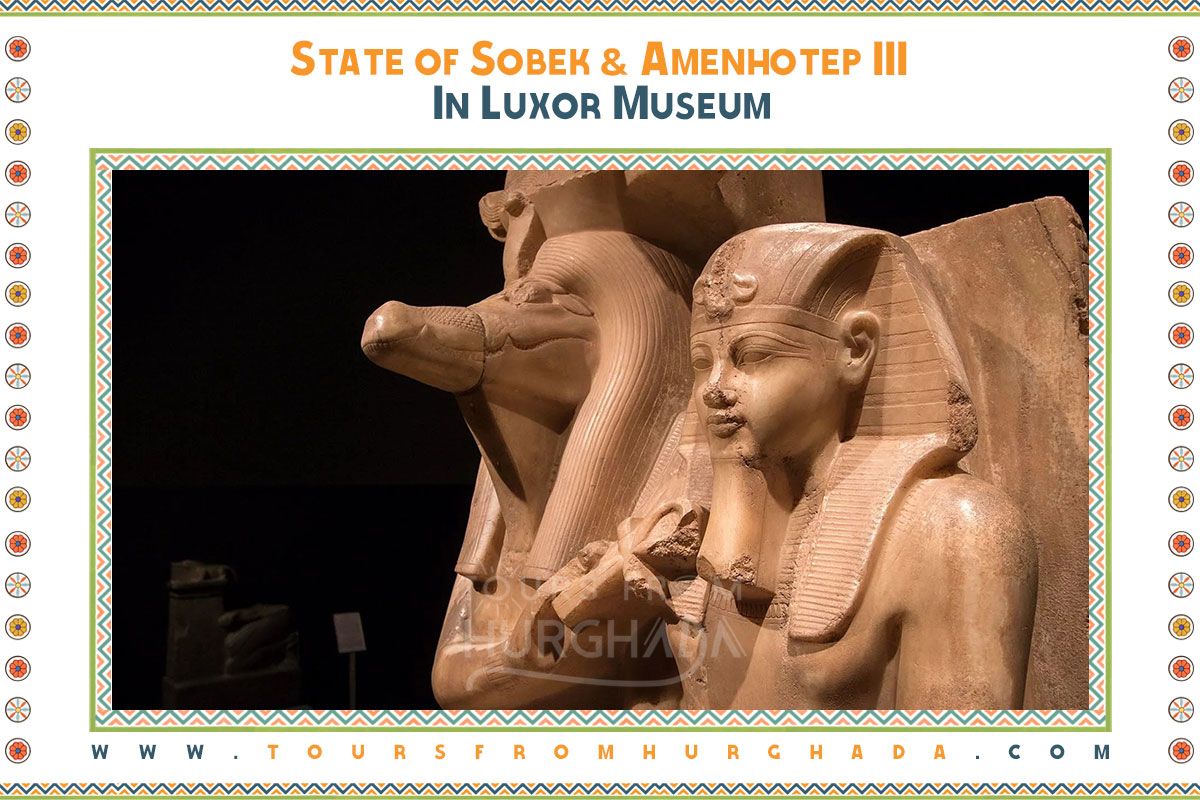
Presentations and symbols of ancient myths are also covered in a group of antiques and artifacts inside the Luxor Museum. The Museum grows inside a number of enchanting-colored coffins and many statues of ancient Egyptian gods such as; the mesmerizing statue of the Crocodile God, “Sobek” from his Kom Ombo Temple in Aswan, and a black Granite statue of the Goddess of Love, Joy, and Beauty, “Hathor”. There is also a massive statue of the God Aton with the last king of the 18th Dynasty.
Looking at all those pieces of Egypt’s ancient civilization, you’ll have a glimpse of what the ancients felt like while being wrapped by the same celestial, revered aura as the one you’ll be introduced to the moment you hold eye contact with every displayed antique. The exhibition will feed up your brain cells with a thing or two about how peculiar and straight-to-the-point the ancient sculptors were back then. However, you need to put into consideration that those are only presentations of myths and beliefs only the ancients held onto their hearts and stuck to them until the very end!

Luxor Museum Importance in Egypt Tourism
Undeniable credits, an engraved print on minds, and a catalyst in enhancing Egypt’s position historically and aesthetically, what else can be locked with Luxor Museum and its esteem? The ancients must be pleased with the efforts that the Ministry of Antiques made and still makes to try and keep their effect unfaded and touches in history still to be remembered with the persevering techniques applied to their animated figures from antiques to artifacts and statues. Those are the techniques that tempted travelers to book a trip to Luxor and include this exact same site on the list of their visits and things to do there.
The traveler’s exploration inside this piece of grace will get them closer to the ancient superb aspect of Egypt in its own way and with its own temptations. It is a way that neither the Egyptian Museum nor the National Museum will be able to present just the same. It illustrates a large part of the New, Old, and Ptolemaic eras, making you feel the souls of the ancient gods still linger and watch you from up close. Now you know how much remarkable the effect that Luxor Museum has on Egypt’s tourism!

Conclusion
Swimming in ancient facts about timeless figures? Welcome. Got a wish of rewinding back in time to watch every step of ancient Egypt’s history is built? Noticed. A desire for some luxurious facilities in between? All your needs and wishes are considered done with our challenging tour operator to get you exactly where you belong! Tours from Hurghada will ease your worries about a fine trip, leaving you in utter satisfaction and real safety to engulf during your journey in Egypt’s ancient kingdoms. Never mind taking care of you with the rich quality of our services from the distinctive accommodation and the private transition to the most gifted tour guides, the peculiar time management, and the humble staff, so tell us all about your intentions now!
From: $300/Per Person
2 Days - 1 Night
2 Days Luxor & Abu Simbel Trip from Hurghada
Enjoy 2 Days Luxor & Abu Simbel Trips from Hurghada joined by a professional Egyptologist tour guide and ...
From: $370/Per Person
2 Days / 1 Night
Overnight Trip to Cairo from Hurghada By Plane
Private overnight trips to Cairo from Hurghada by plane to visit the most famous historical and cultural ...
From: $220/Per Person
2 Days / 1 Night
2 Days Trip From Hurghada to Luxor
A private 2 days trip from Hurghada to visit Luxor temple, Karnak temple, Valley of the Kings, Queen Hats...
From: $370/Per Person
2 Days- 1 Night
Two Days Cairo and Luxor Trip from Hurghada
Enjoy a gorgeous two days Cairo & Luxor trip from Hurghada to visit the best attractions of Pharaohs, the...

